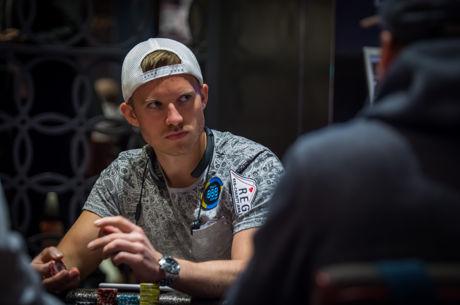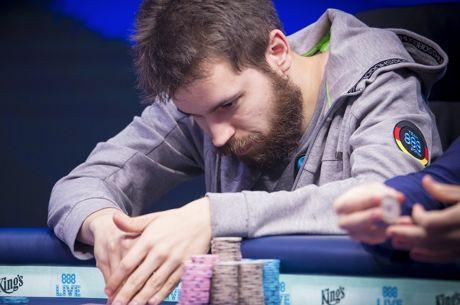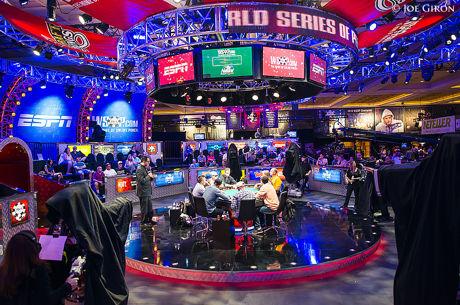What I Learned From Playing a Poker Tournament With No Cards

A while back, I was at the World Series of Poker Circuit stop in Cherokee, North Carolina and decided to play the $125 nightly tournament without looking at my cards. No kidding! The only exception I allowed myself was whenever I faced an all in from a player acting before me.
Annette Obrestad is known for having once won a $4 buy-in 180-player online Sit & Go in this fashion. I heard that this was a good exercise for stretching your poker muscles, so I wanted to give it a try in this 400-plus player $125 live tournament. Here are the lessons I learned.
Don't Play Many Hands From Early Position
The first thing that occurred to me is that in small stakes tournaments like this, I should not play very many hands from early position. These players like to call raises and float flops with all kinds of weak pairs and backdoors. Not many hands are conducive for continuation betting or barreling from out of position in multi-way pots, which is something that would have to be done often in a tournament like this one.
Since I knew that the vast majority of my hands should be folded preflop from early position, I just folded all of them. This same approach would apply to a lesser extent in tournaments where I can see my hand. The goal in the early stages should be to play speculative hands that can win stacks and occasionally bluff cheaply. Since this is much harder to do from out of position, many of those hands should be folded when first to act.
Attack Loose Limpers With Capped Ranges
Second, I realized that any easy chips I got would have to come from loose limpers with capped ranges. They are easily beat by raising in position and putting pressure on their weak hands that are not strong enough to raise preflop or at any point postflop. They will usually fold such hands by the river.
Most of them aren't capable of defending against this postflop aggression by raising weak hands or just calling down with strong hands. That means when they do raise, it is usually safe to fold most of your range. Most of these players aren't bluffing often enough. I was able to exploit my main opponent in this tournament in both of these ways without even knowing my cards.
Shove Very Wide From Late Position
This tournament had a very fast structure, which meant I was getting short quickly because I was folding so many hands. Luckily, my opponents mainly played a strategy of raising their strongest hands and limping with their marginal ones. This meant that I could shove very wide over their limps once my stack got to around 20 big blinds. That is roughly the size where I wouldn't be risking too much to win what was in the middle, but still had enough fold equity to get them off of hands like Ax5x-suited.
I shoved 100 percent of hands in these spots and it worked well enough. I wouldn't be surprised if you could shove something like 40-60 percent of hands optimally in this scenario in small stakes games.
In the rare cases where the action folded around to me in late position, I would open-shove 15 BBs from the button and cut off with 100 percent of hands. If you look at a Nash chart, you will see that you can shove 30-40 percent of hands in this scenario even if your opponents are calling correctly. However, if you look at the correct calling ranges, you will quickly realize that almost no one calls correctly. This means that you can shove even wider than Nash.
Since I've seen these small stakes players fold what should have been fist pump calls against a Nash shoving range, I figured shoving 100 percent against them couldn't be that bad. I wouldn't be surprised if shoving something like 60-80 percent of hands would be optimal in this scenario.
Conclusion
I highly recommend that all serious poker players try playing a small stakes tournament blind at some point in their career. It was a fun experience that increased my comfort with playing good spots as opposed to good cards.
When all you have to go on are reads and information other than your hole cards, you eventually learn to become a more focused and perceptive player. After learning the basic mathematics of the game, I believe this is the biggest step for most players to take their games to the next level.









